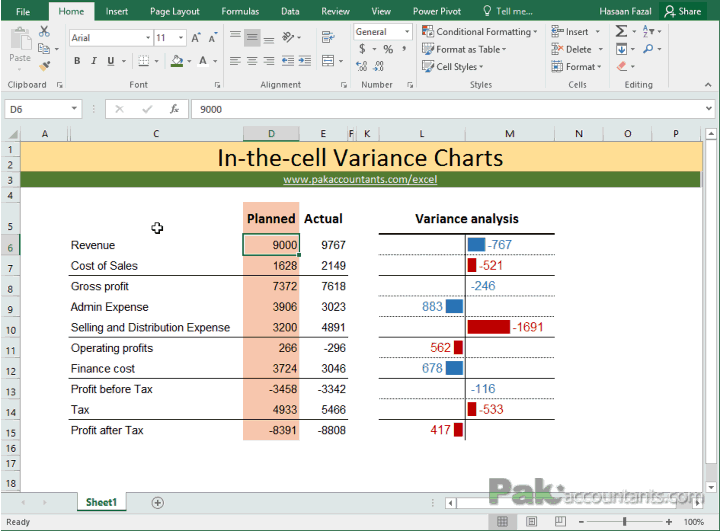Step by Step Calculation

The full variance formula considers all squared differences between data points and the mean, providing a comprehensive measure of variance. A population variance and sample variance formula calculator simplifies the process of determining the dispersion of data points in a data set. Whether you need to calculate population variance, sample variance, or both, this tool offers a step-by-step solution, ensuring accuracy and ease. The variance calculator below will compute the variance, presenting all the squared differences, their sum, and the final variance value.
- This variance finder will give you the number of samples, mean, standard deviation, and variance in one click.
- The variance is one of the measures of dispersion, that is a measure of by how much the values in the data set are likely to differ from the mean of the values.
- It applies the sample variance formula, considering the sample mean and the sample size.
- Using this calculator, you will get step-by-step results of standard deviation, mean, and variance.
- The variance calculator accepts the input as a list of numbers separated by a delimiter.
- The sample variance is an often-used alternative formula for estimating the variance of a distribution.
Step by step solution:
The variance is the mean of the square of the distance from each point to the mean. We mentioned earlier that the variance is equal to the standard deviation squared. So, to find the variance using the standard deviation, raise the SD to the power of two.
Variance formula
Use this calculator to compute the variance from a set of numerical values. The disadvantage of using variance is that large outliers in a set can lead to some distortion of the data. This is because the outliers can increase their weight even further once squared. The numbers can be separated by a comma, a space, a line break, or a mix of more than one type of delimiter. For all the formats shown in the above table, the calculator processes the input as 44, 63, 72, 75, 80, 86, 87, and 89.
What is the Variance of a Set of Numbers?
Next, you’ll need to find the deviation from the mean for every observation in the data set by subtracting the mean from each number. So, the mean is equal to the sum of sample observations xi divided by the increase manufacturing capacity in times of crisis with lean principles total number of observations N. A data sample is a collection of data from a population in statistics. The population is typically very large, making it impossible to list all the values in the population.

Sample variance formula
As there are two variances, there are also slightly different variance formulas. For both, first compute or estimate or otherwise find the mean or average. Below is a variance calculator, which will calculate the variance from a list of your numbers.
Practical Applications of Variance in Data Analysis
(Try commas, spaces, new lines, tabs, and the like.) In the Type pull-down, devide if you want the variance of a Population or Sample. Then, calculate the quadratic differences, and the sum of squares of all the quadratic differences. The sample variance is an often-used alternative formula for estimating the variance of a distribution. The mean is equal to the sum of each observation xi divided by the population size N. The square root of the variance gives the result of the standard deviation. A small variance indicates the distribution of the random variable close to the mean value.
For example, the narrow bell curve has a small variance in the normal distribution, and the wide bell curve has a large variance. It helps asset managers improve the performance of their investments. Financial analysts can use variance to assess the individual performance of components of an investment portfolio.
The variance for a population is equal to the population standard deviation squared. The first step to finding the variance is to find the arithmetic mean. The formula of variance is of two types one for the sample variance and the other is for the population variance.
The variance is one of the measures of dispersion, that is a measure of by how much the values in the data set are likely to differ from the mean of the values. It is the average of the squares of the deviations from the mean. Squaring the deviations ensures that negative and positive deviations do not cancel each other out. When making inferences, it is preferable to use a large data set to obtain good statistics. But it is often difficult to obtain population data representing all possible observations.